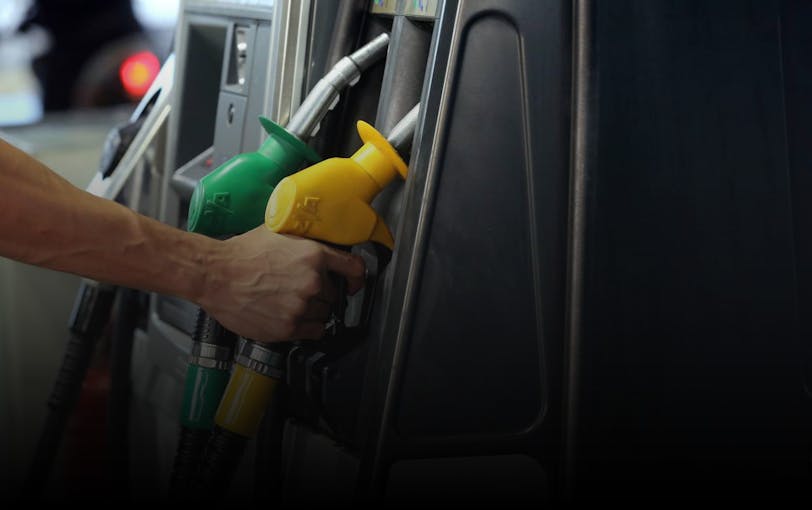Emerging Trends in LNG Pricing
If we look at LNG pricing history it all started from Japan when LNG prices were indexed to Japan Crude Cocktail (JCC). Around 16.7% of JCC was considered as the energy equivalent of Oil. LNG price (in $/ MMBTU) was as a percentage of Crude price (in $/barrel) (popularly known as "S" curve) with floor and peak capping plus Shipping Cost. In LNG parlance it's called Oil equivalent price. This trend started in the illiquid market when long term contracts were a must. Sellers and buyers would be married for long term, say 20-25 years. Spot cargoes in LNG were almost non-existent.
Interestingly, at present LNG price is largely determined in four different ways depending on the number of sellers, buyers and infrastructure in the different geographical region.
- Gas to Gas pricing, Large no of buyers and sellers with massive infrastructure, highly liquid market (US, UK, Canada)
- Price indexed to substitute energy prices, Less supplier more buyers, infrastructure controlled by few (Europe and SE Asia)
- Oil linked price market, limited supplier & buyer and infrastructure controlled by few buyers (Japan, Korea, Taiwan): and
- Regulated market: limited sellers and buyers, infrastructure controlled by states. (China, Russia, India)
Over the period the LNG markets have matured with more and more availability of spot LNG Cargo as the number of buyers and suppliers have increased many folds. American Shale gas improved liquidity further. Today four spot rates are prevalent e.g. JKM (Japan Korea Market), TTF (Title Transfer Facility ) Netherland Virtual trading hub, UK NBP (National Balancing Point ), and Henry Hub, USA. Almost 30% of LNG cargoes are traded on spot.
Buyers are already entering into shorter contracts. The full capacity of receiving terminal is not being tied up before construction. Rather, receiving terminals are being constructed and sourcing is being done simultaneously. Buyers are getting the opportunity to source from any supplier in a falling market. It reduces buyers risk considerably. End consumer also enjoys the flexibility and choice aligned to his market.
With increased liquidity in the LNG market and matured spot market (almost 30%) in coming days, LNG market may also take shape similar to Crude market where term contracts are of 6-12 months duration and prices are in terms of premium/discount over average spot prices. Also, buyers may prefer 70/30 kind of ratio between term and spot purchases as popular in crude trade.
It is also expected that Oil Indexed pricing of LNG will also lose its steam as it is emerging majorly as fuel for power generation to replace Coal. LNG being cleaner fuel than coal it may command price somewhere between coal and oil, hybrid price. LNG price may hover nearer to coal than to Oil. Shorter LNG contracts are already happening in a lower price range (say 11%). In the above scenario, it is expected that LNG shall determine its own dynamic and prices depending on the end-use.
The above shall provide flexibility to both buyer and seller. New projects by suppliers will have to be aligned accordingly. The market is drifting in favour of buyers.


